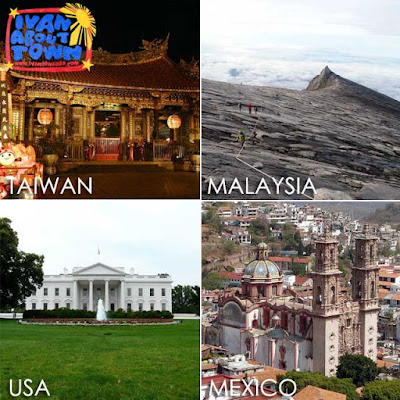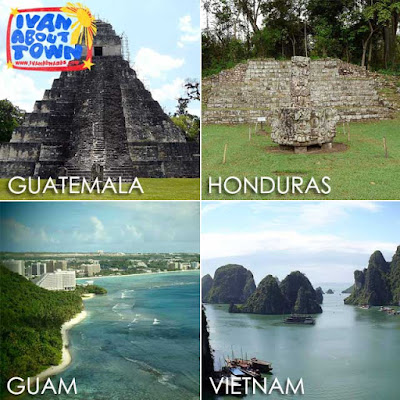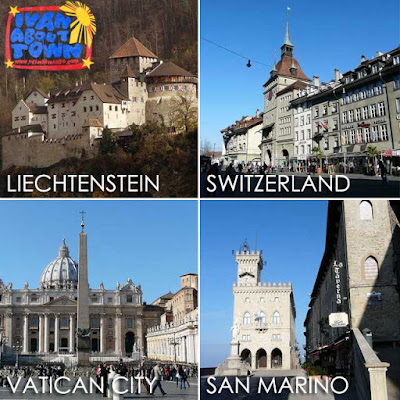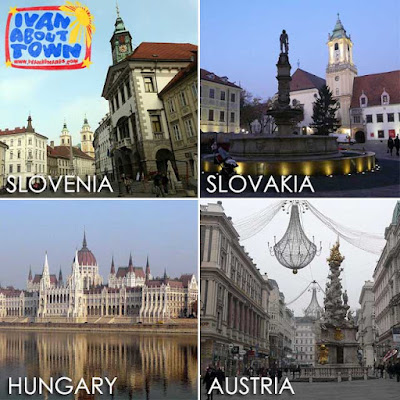
Chiang Mai, Thailand (November 24, 2010) Many of my friends were asking me to post photos of my Colonial Suite Room at the Mandarin Oriental Dhara Dhevi in Chiang Mai, Thailand. The Mandarin Oriental Dhara Dhevi is no. 18 on Conde Nast Traveler’s list of Top 100 in the world.

The gargantuan resort was built in what used to be a rice field. But it feels like you are entering an ancient Thai city with temples, palaces and stately colonial buildings. Surprisingly, everything was built from scratch. But the attention to detail, authenticity of architectural design and the scale of the buildings are impeccable.


To preserve the character of the place, they kept patches of rice field within the resort where guests can even plant rice.


Anyway, here are photos of my room. Here is what you see when you enter the room. There’s a small room complete with guest toilet.

This is the living room which has a work desk and TV.

The main bedroom is very stately. And the bed was so comfortable, I slept soundly last night.

But the bathroom is definitely something. I think it’s as big as the bedroom itself complete with a walk-in closet and bathtub jacuzzi which I’m about to use in a while.

Both the bedroom and living room have exits to a porch where you could relax outdoors. It offers a view of the other grand buildings that comprise the Colonial Suite wing. And mind you, the resort also has close to a hundred villas of various sizes, mansions even.
Anyway, I’m off to the hotel spa now.

Acupuncture treatment at Dheva Spa and Welness Center
We all go to spas to get relaxing massage treatments and find relief to our stress and body pains. But more than the usual massage, spas today understand that clients want results. And at Mandarin’s Dheva Spa and Wellness Center, the treatments go beyond the usual massage.
The spa complex itself is an intricately carved Lanna-style structure and quite interesting to explore. Before getting any treatment, the spa consultants meet with you to find out what treatments can best address your concerns. I got a personal consultation with the resort’s own traditional Chinese medicine trainer and specialist Ken Rosen, who hold’s a Master’s Degree in the Science of Traditional Oriental Medicine (MSTOM).

After filling up the forms and answering Ken’s questions, he said the I needed an acupuncture treatment. Part of the diagnosis requires a tongue check-up, taking your pulse before reaching a diagnosis. So we proceeded to the acupuncture room for my session with needles.

The needles are usually kept on you between 20 to 30 minutes. Rosen explains that the needles reboot the nervous system. The nervous energy tries to push the needles out until equilibrium is reached. He explains that acupuncture needles are solid and are not designed to cut through flesh unlike the usual injection needles. They push tissue aside, let the nervous system grab it, reject it, accept it and thus reboot the system.

It was a bit uncomfortable at first. But after a few minutes of deep breathing, it felt much better. And I could sense that it did work. And I felt very relieved during and after the treatment.

Acupuncture is just one of the many traditional and conventional treatments available at the Dheva Spa. Before getting our treatments, we had a small tour of the spas facilities which included even traditional baths among others. A herbal garden behind the spa was the source of herbs and spices for many of the spa’s treatments.
Mandarin Oriental Dhara Dhevi
51/4 Chiang Mai – Sankampaeng Road
Moo 1, T. Tasala, A. Muang
Chiang Mai 50000
+66 (53) 888 888



























